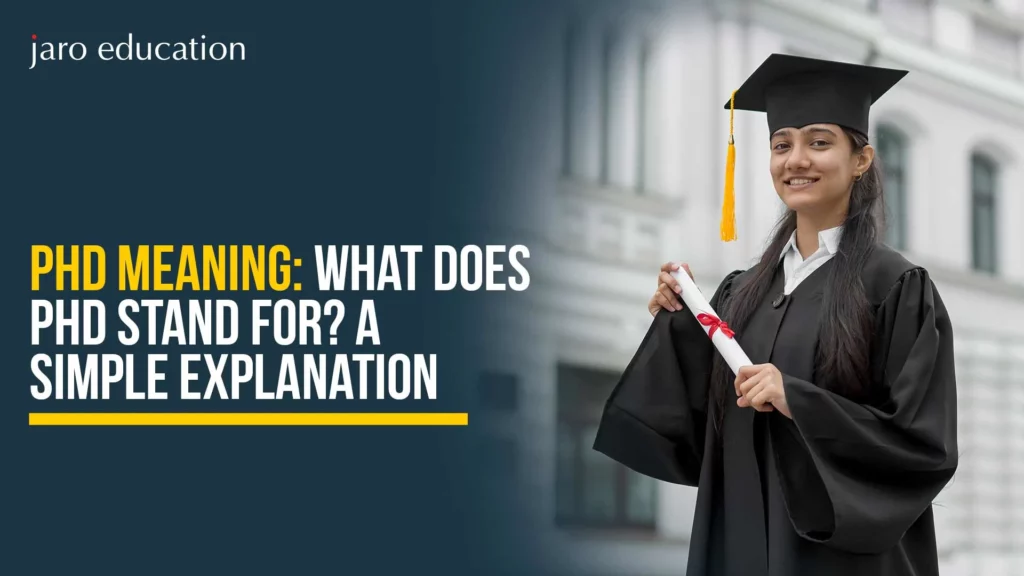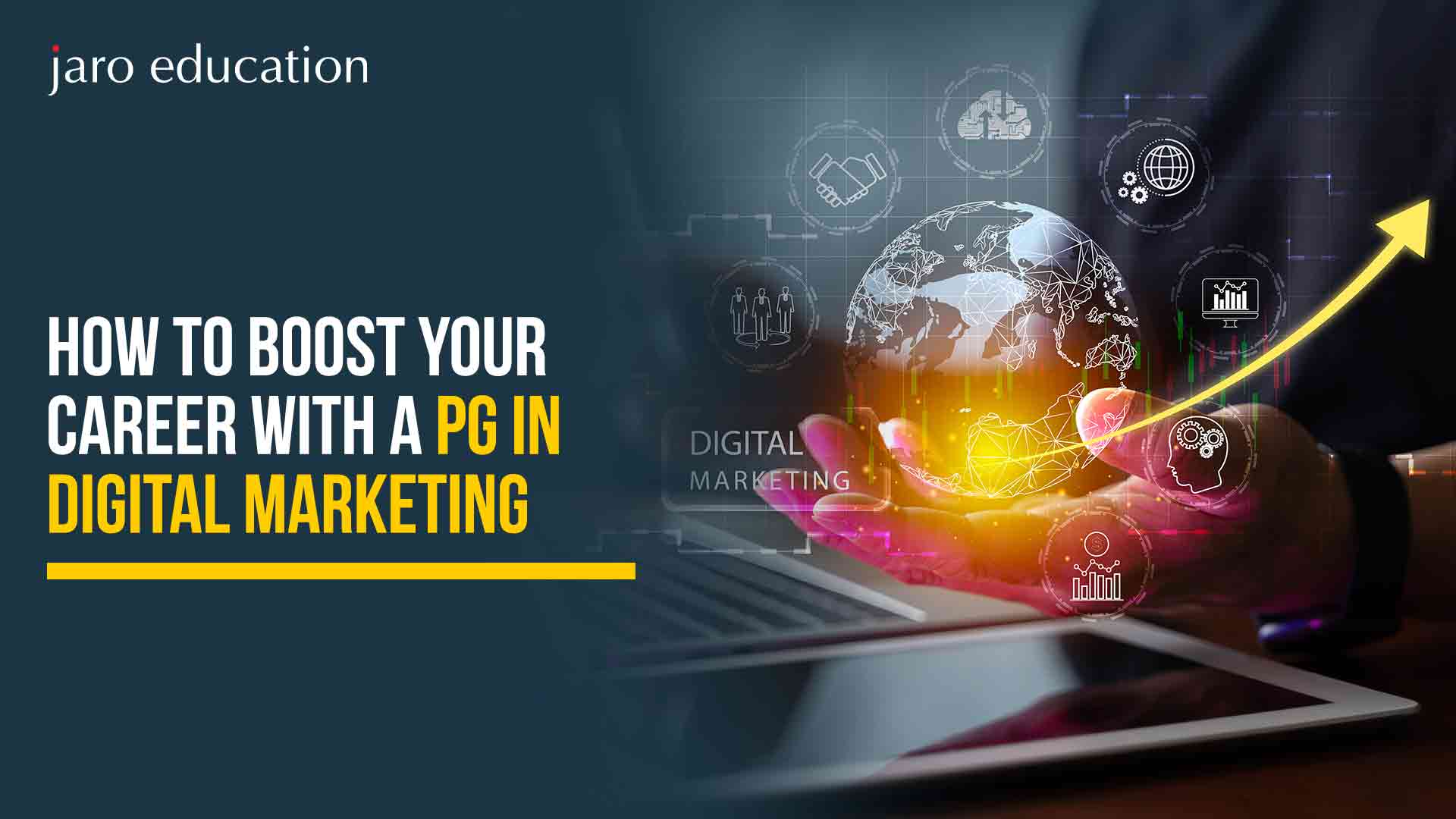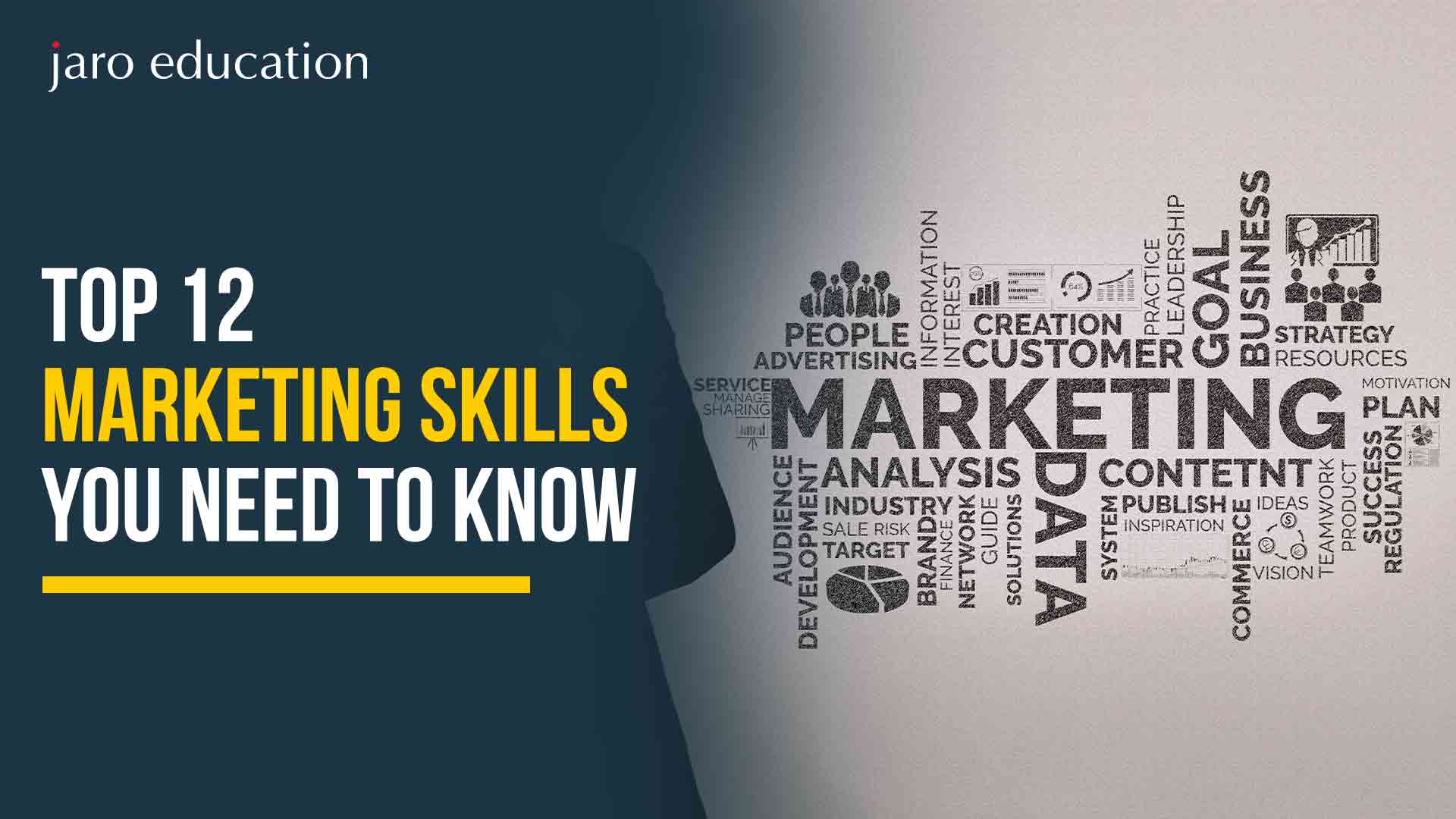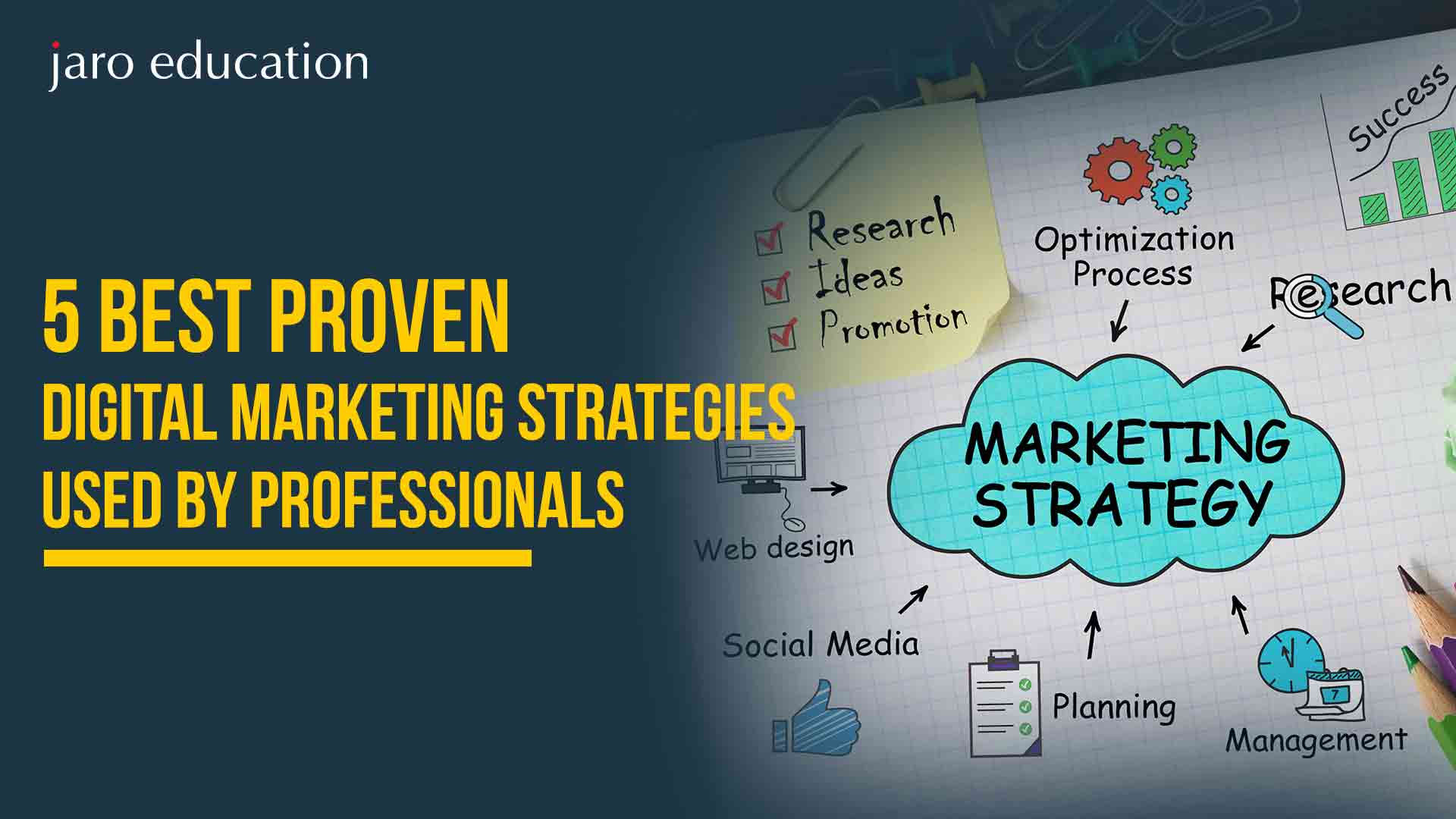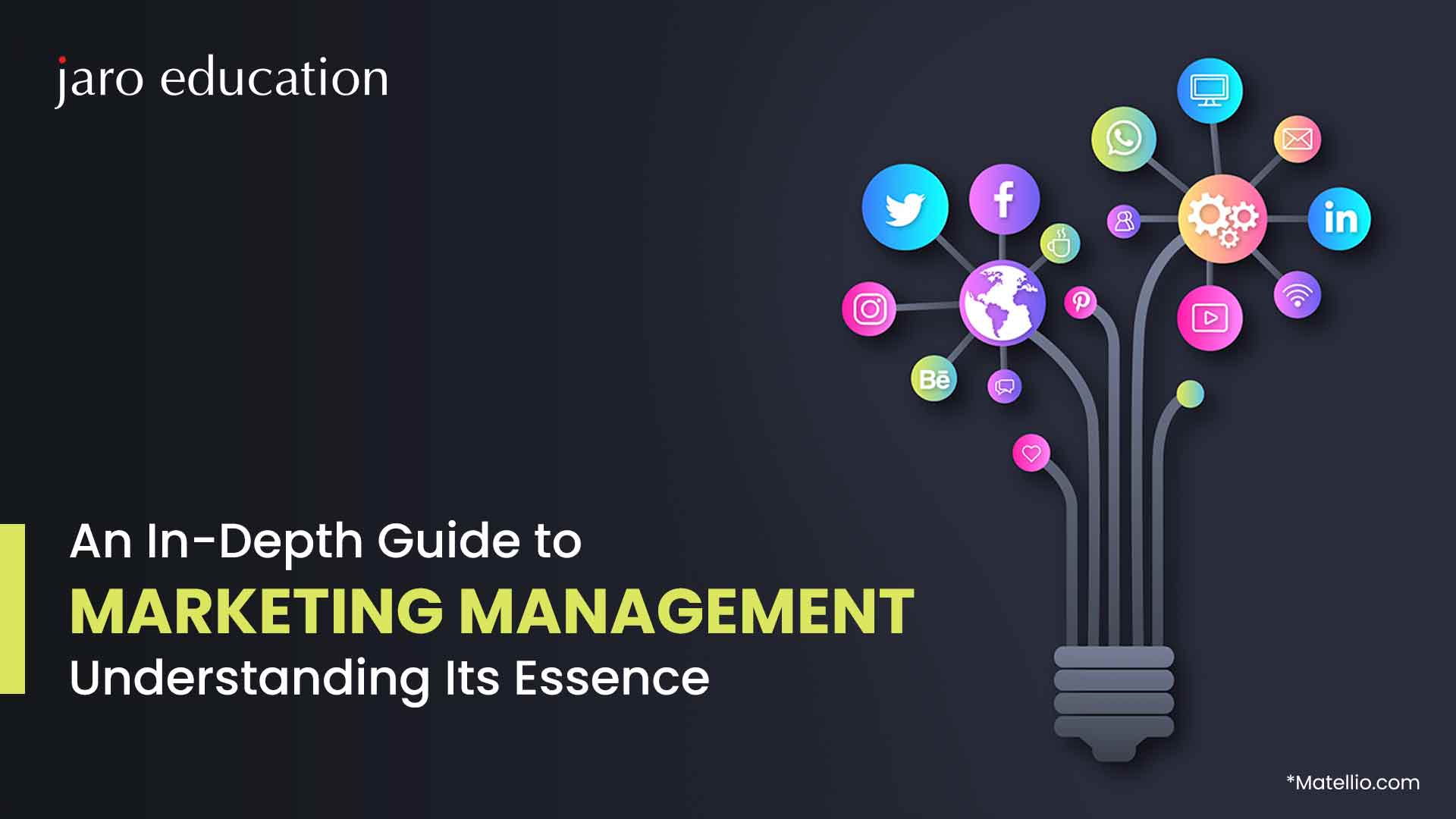SEM vs. SEO: Which Is Right for Your Business?
Table of Contents

- jaro Education
- 30, January 2024
- 11:00 am
When you want your website listed in Google, SEO and SEM are two of the strongest channels to invest in. These are more than marketing buzzwords; they are key mechanisms to help you grow your business online. But what’s the difference, why would you choose one over the other, and when will you use one over the other? That’s the exact topic we will tackle here in this guide on the SEO vs SEM discussion, SEO and SEM definitions, and how they work.
Whether you are a small business owner, marketer, or student just inquisitive about digital marketing, this guide is designed to inform you in a clear and entertaining way.
SEO vs SEM: What is SEO?

Search Engine Optimization can be described as a multi-faceted approach that primarily targets the optimization of your website for better standings in search engines, thereby driving organic traffic.
SEO vs SEM: What is SEM?
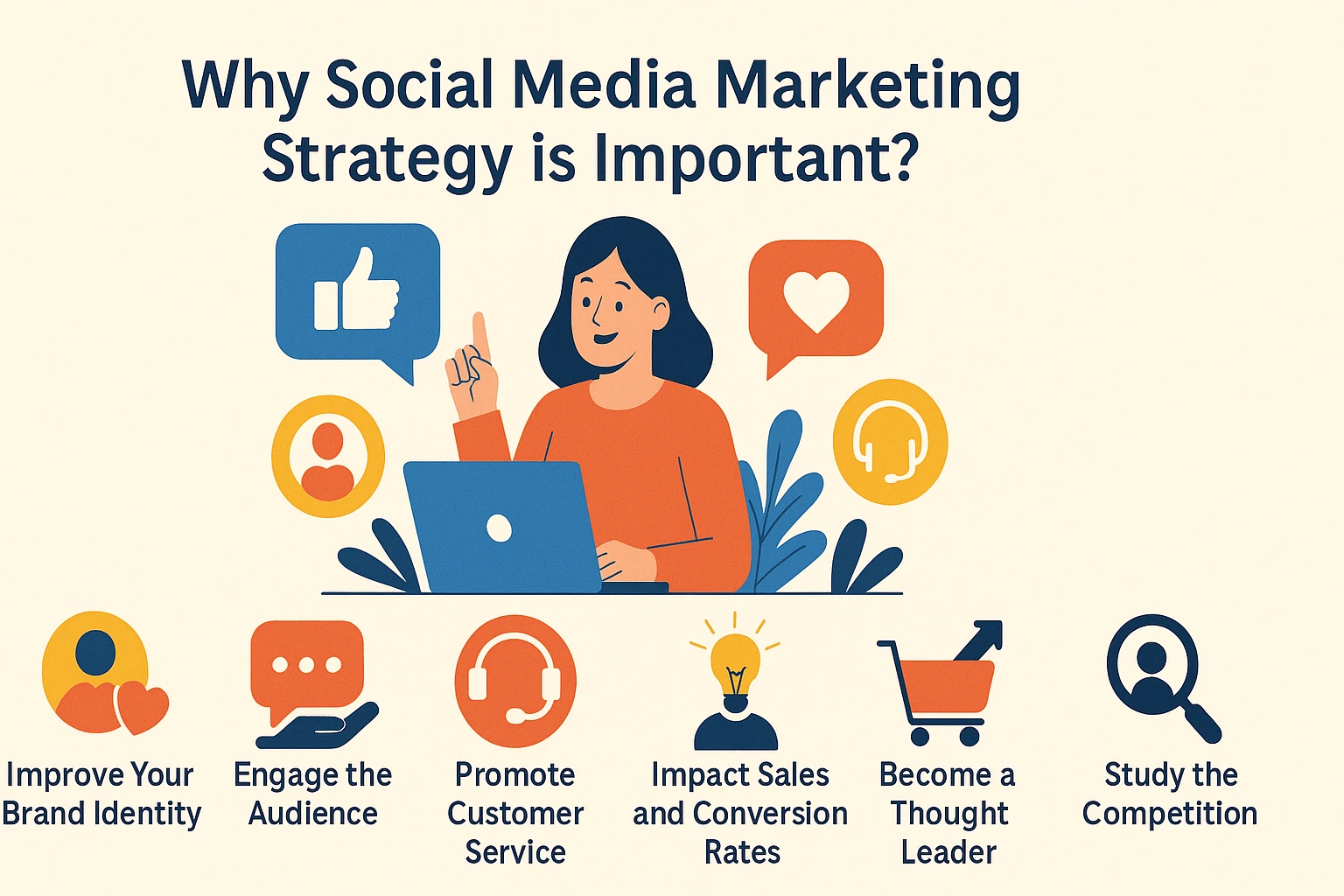
The term Search Engine Marketing (SEM) refers to both organic and paid search strategies under the umbrella of Search Engine Marketing. SEM meaning is focused on enhancing website traffic and visibility through search engines.
Why Understanding SEO vs SEM Is Important for Your Business?
Learning the difference between SEO and SEM marketing is crucial for any business that aspires to grow online. Search Engine Optimization or SEO, makes your site visible on a search engine without advertisements. It is about content development, the appropriate usage of keywords, and how the structure of your site can best be organized so that it appears in search engines such as Google. Search Engine Marketing, or SEM, on the other hand, means purchasing the advertisement in order to present your site at the top of the search results within a short time. Whereas SEO vs SEM starts showing the effects over some time, SEM provides quick results that are readily visible, particularly when you are starting something new or you are promoting something time-sensitive. Knowing how each one works will help you plan, spend wisely, and reach more people. When applied properly, a combination of SEO vs SEM will be able to make your business grow quicker and maintain a stimulating pace compared to its rivals.
SEM vs. SEO: How SEO Works?
Have you ever thought about how it happened that some websites have been taken to the first page of Google and others remain somewhere deep on the 10th page? That is the wonder of SEO- Search Engine Optimization. So, what is the working of SEO vs SEM?
We shall put it in the most simple terms possible, so to say, as it were, we were conversing over a friendly cup of coffee. Ready? And here we are with SEO vs SEM.
Step 1: Keywords - The SEO beginning
Identifying the right keywords is the first process in SEO. Imagine the phrases that people type into Google when they are searching for something as keywords. As an example, when one searches for the best coffee shop near me or simple cake recipes, these are the words that one should be looking at as keywords. When it comes to SEO vs SEM, one should begin by determining the words that their potential visitors are searching for. After being aware of these words, you will simply find yourself using them in your site content, blog articles, and pages, etc. This will make the search engines know what your site deals with and how to present it to the relevant parties. To put it simply, keywords can be viewed as the bridges that take your site to your audience. In the absence of keywords, finding you online will be a difficult task for both the search engines and the people.
Step 2: Website Optimization
When you are ready with the keywords, the second stage in SEO vs SEM, SEO is the optimization of the website. But in plain language, website optimization is the process of making your site user-friendly, faster, and visitor-friendly to the Google search engine. Just to think of accessing a page that is slow or a sloppy page on your phone, you are likely to exit it shortly, aren’t you? That is why you should make your site load quickly, function correctly on mobile devices, and have a clear menu where users can find what they require with no difficulties. You know, it also helps Google read your content as well as using keywords in the right location, as in your headlines, page names, and even within the descriptions of your images. Website optimization is all about providing your visitors with a friendlier experience and, at the same time, ensuring that the search engines have an easy time reading and ranking your website.
Step 3: Content Creation — The Heart of SEO
Creating content is the most significant thing in SEO. Content in simple terms refers to all that you write or place on your blog, like blog posts, product descriptions, videos, or guides. This is what is commonly known as the core of SEO vs SEM, since search engines adore sites that have good quality information that can help people. You must pattern your content to address the questions that people would have and solve their problems. For instance, in case you have a fitness site, you can create blogs such as Easy Exercises to Lose Weight at Home. With the proper keywords in your copy applied naturally, you can make it easy to understand by the search engines, and it can be displayed to those who are searching for your keywords. The visitors are likely to stay longer on your page and come back to your page when they assume that the content is good. On top of this, excellent content is likely to make your site appear on top of the search results. In the simplest words, good content is the gas that fuels your pursuit of SEO in SEO vs SEM.
Step 4: On-Page SEO — Little Tweaks That Matter
On-page SEO is strictly the undertaking of minor adjustments on the web pages of your site that may have a massive impact on how your site ranks on the search engines. You can imagine it as organizing your room, where everything is in its place and easy to locate. In lay terms, on-page SEO simply entails applying appropriate keywords to your page titles, headings, and even image descriptions. It is also about creating good, readable meta descriptions, which are the few lines that are shown below the page linked to your page in the search results. The other crucial component is the utilization of the internal link, also known as linking one page on your site to another. This makes your site easy to access by the user and search engines. These minimal adjustments might be insignificant, yet they can make your site bigger, bring more audience and make it rank better in Google.
Step 5: Off-Page SEO — Building Your Website’s Reputation
Off-page SEO simply deals with making your page gain a good rep beyond your page. This, in simple terms, will imply the linking of your site to other trusted sites. Such documents—called backlinks—are equivalent to voting. The greater the number of good websites on the internet that link to you, the higher the confidence search engines will have in your site; therefore, you will have a high ranking in the search engines. Other tasks of the off-page SEO are publishing your content on social media, posting positive reviews about you on the Internet, and references in blogs or a news site. It is just like the trust that individuals put in a shop that so many recommend. Off-page SEO creates credibility and popularity for your site in order that people and search engines readily refer to and thus locate you.
Step 6: Technical SEO — Behind-the-Scenes Magic
Technical SEO can be heard in SEO vs SEM as something complex or intricate, but it just implies that you ensure your site is readable, crawlable, and understandable to the search engines with ease. It is behind the scenes, something like the engine of a car; visitors cannot see it, but it is highly essential. In basic terms, technical seo implies repairing such problems as slow load speed, dead links and ensuring that a site operates properly on mobile devices. It has made the XML sitemap (which is an analogy of a map of all your website pages) and a robots.txt file so that it provides a hint to search engines about what pages to consider. An important component of technical SEO is to make your site fast and safe with HTTPS. Having good technical SEO makes your site load faster as well as rank on search engines, since everything on it can be easily interpreted by search engines.
Step 7: Tracking & Improving — SEO Never Stops
The last step of SEO is monitoring and optimizing, and it is a very crucial one. Most individuals believe that SEO is an activity that one only does once in their lifetime and forgets about, but this is not the case. Put simply, SEO vs SEM is an unending task since search engines are constantly making alterations in their rules and competitors are also busy with the desire to occupy firm high positions. Tracking refers to monitoring your web performance by using one of the tools, such as Google Analytics or Google Search Console. These tools show which pages get more traffic, which keywords lead to your pages, and where users leave your site. Coming to realize the things that are working and the things that are not may enable you to adjust to make things work better. It may involve making changes to old blog posts, correcting dead links, or even adding new keywords. SEO vs SEM is continuous since there is always an opportunity to do more and achieve more.
SEM vs. SEO: How SEM Works?
Have you ever used Google to find something and noticed that ads are at the top of the page? SEM is working, then! Search Engine Marketing is also referred to as SEM, and it is one of the quickest methods of marketing your business over the Internet. So, what is SEM? Let us get to know it in a very simple and amicable manner.
Step 1: Choose the Right Keywords
The initial process in SEM (Search Engine Marketing) is the selection of proper keywords. In plain language, keywords are the phrases or terms that individuals type in whenever they are searching for something using a search engine such as Google.
This is a very crucial step, as it makes you target the people who are interested in your products or services, i.e., the right audience. There are also tools, such as the Google Keyword Planner, for finding highly used and related keywords. In one word, your ads are directed to the right people at the right moment by using the right keywords.
Step 2: Create an Ad Campaign
After selecting the right keywords, ad campaign creation is the other process in SEM. In other more normal words, that will involve creating an advert that will show when one is searching the keywords through Google or any other search engine. Your advertisement must be catchy with a clear headline, a brief description that is good- looking and a link to your website or a product page. This is to create in the minds of people the desire to click your advertisement. As an example, when you are advertising mobile phones, the advertisement may be as follows: Buy the Latest Smartphones– Upto 30 percent off! Shop Now.” You will also be required to determine the amount you wish to spend on your advertisements by putting a budget on either a daily or a monthly basis. It is all about how to make your ad attractive to the extent that it commands people to view your site.
Step 3: Set Your Budget (Pay Only for Results)
In this, you will determine how much you are willing to pay towards your advertisements. The good aspect of SEM is that you can only be charged when someone clicks on your advertisement, and this is termed as Pay-Per-Click (PPC). This implies that you are not required to pay to promote your advertising; instead, you will pay for the action the audience takes by clicking. Depending on the amount you can afford to spend, you will have the opportunity to set a daily budget or a monthly limit. You can also take control of your advertising by deciding how much to pay per click, which we refer to as your bid. Your ad would be displayed at the top of the search results in case of a good bid and the quality of your ad. An established budget will enable you to manage your expenditure by ensuring that your advertisement gets enough reach. The bare-bones version, as they say, is that you will be in control of your expenditure, and you only pay when your advertisement does something!
Step 4: Target the Right Audience
The second step in SEM would be to strike the right audience following the establishment of a budget. Simply put, this is presenting your adverts to individuals who are most likely to be interested in your service or product. The search engines available, like Google, enable you to select who views your advert based on various factors, including location, age, speech, language, and even the device they are using, which is either a mobile phone or a computer. An example is that in case you have a bakery in Delhi, you can configure your advertisements to be visible to individuals who make searches within Delhi. In this manner, you will not be spending money to display your ads to individuals who are not able to purchase from you. It also allows you to select the time of day that you want your ads to be shown, and this will ensure that you get results as the advertising is done when people are more active. Still, in a nutshell, people seem to work better on the appropriate target audience when it comes to their ads, and I suppose it is possible to achieve good results with the current ad budget.
Step 5: Launch the Campaign and Go Live!
And now that everything is prepared, your keywords are selected, the ad is made, you have a budget, and you have chosen your people, it is time to start your campaign and make it live. In other words, here you have to make your advertisement active so it can finally appear in search engines (such as Google). When your campaign is online, your advertisement will pop up once consumers look at the search terms you selected. Whenever a person clicks your advertisement, they get directed to your site, and you pay upon click. What is best is that you can get results fast and, in some instances, within minutes! This action is thrilling in the sense that it will be the beginning of having actual visitors and possible customers to your site through your ads. It is as good as opening the gates of your shop to a group of interested individuals.
Step 6: Monitor Performance and Optimize
Your work is not yet done with your ad campaign when it is launched. The last stage of SEM is to track performance and optimize. To put it simply, this entails monitoring the performance of the ads that you have and improving them where necessary. Some of the essential information that you can retrieve with the help of a tool like Google Ads Dashboard is how many individuals viewed your advertisement, how many clicked it, how much money you spent, and the number of sales or sign-ups you have made. You can change things, such as making changes to keywords, writing another ad, and changing the budget, in case you notice that some advertisements are not receiving the necessary amount of clicks or are too expensive. The move will ensure that you get the optimal results of your ads, even as you spend your money wisely. In a nutshell, checking and updating your ads will help you expand your business in a quick and intelligent way!
SEM vs SEO: Difference Between SEO and SEM
SEO vs SEM are the most trendy online marketing solutions that enable placement of websites on search engines like Google. They are often confused by many people, yet they are rather different. Simply explained, SEO (Search Engine Optimization) is all about getting free traffic by making your own website fancy and more content-oriented, whereas SEM (Search Engine Marketing) concerns paid posting of advertisements on search engines so that they will immediately appear.
Although both these strategies are used to increase your presence online, they operate separately. The table presented below is a rather simple comparison that can show the key differences between SEO and SEM marketing:
| Feature | SEO (Search Engine Optimization) | SEM (Search Engine Marketing) |
|---|---|---|
| Type of Traffic | Organic (Free) | Paid (Advertised) |
| Speed of Results | Slow (Takes weeks or months) | Fast (Instant visibility with ads) |
| Cost | Mostly free; involves time & effort | Paid; you pay per click or impression |
| Goal | Long-term traffic and trust | Quick traffic and immediate results |
| Sustainability | Sustainable; traffic continues if you stop working on it | Stops when you stop paying for ads |
| Placement in Search | Below ads but often seen as more credible | Appears at the very top of search results (Ads) |
| Best For | Long-term brand building & steady traffic | Promotions, product launches & fast visibility |
| Keyword Targeting | Focuses on relevant keywords for long-term ranking | Targets keywords through bidding and ads |
| User Trust | High (Not marked as ads) | Medium (Labeled as “Sponsored” or “Ad”) |
| Control Over Results | Less immediate control (depends on search algorithms) | High control (manage bids, audience, and ad copies) |
Step into a Bright Future with Jaro Education’s Expert Career Counseling
Jaro Education is one of the reputable brands that can be relied upon in terms of making the right career decisions and overseeing higher learning consultations. The authoritative educational source, Jaro Education, is known as an expert in its career advisory services. It has already consulted thousands of students and working professionals who have found the right academic programs and career paths. Its effectiveness is eloquent in itself- a large number of students have managed to get ahead in their careers by joining the programs that are prescribed by Jaro, as they get higher jobs or promotions, or even get better job positions.
Conclusion
By this point, you must be comfortable with knowing the differences between SEO and SEM. Each of these strategies is useful, and the combination of both of them can help you cleverly develop your business.
This is what you learn:
- What is SEM, and why does it result in paid traffic
- The actual contrast between SEM and SEO
- Marketing strategy of the SEM vs SEO application
These techniques are bound to put you on the edge in the digital landscape, no matter what industry you are in. Off you go—optimise, advertise, and grow!
Frequently Asked Questions
SEO (Search Engine Optimization) is the process of improving your website so that it ranks higher in search results naturally (without paying), helping you get free traffic.
SEM (Search Engine Marketing) is a method where you pay for ads to appear at the top of search results. You get quick traffic but pay for each click.
It depends on your goals:
- For long-term, steady traffic, SEO works best.
- For quick results or promotions, SEM is more effective.
- Most businesses benefit from using both together.
Yes, SEO focuses on free (organic) traffic. However, it may require time, effort, or hiring SEO professionals.
Yes, with SEM, you need to set a budget. You pay as long as you want your ads to run. Once you stop paying, your ads disappear.
SEO usually takes 3 to 6 months to show noticeable results, depending on your website’s quality, competition, and keywords.
Absolutely! Many successful businesses use SEO and SEM together to get immediate traffic (with SEM) while building long-term results with SEO.
SEM is generally more expensive because you pay for every click. SEO requires time and effort but doesn’t involve paying for each visitor.
- If you stop SEO, you may gradually lose rankings over time.
- If you stop SEM, your ads stop showing immediately.
Both require learning, but SEO usually involves more long-term work with content, technical improvements, and links. SEM focuses on managing ads and budgets but can also be learned with practice.


